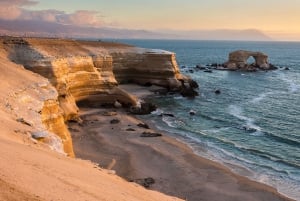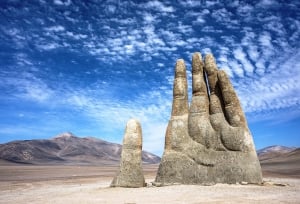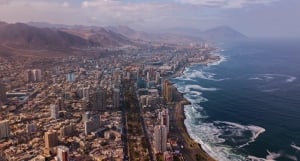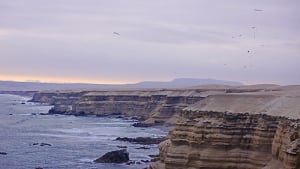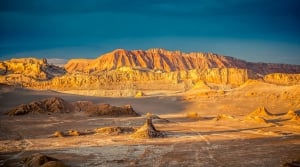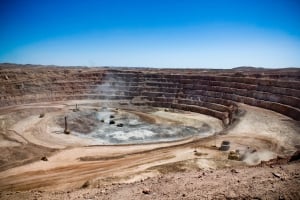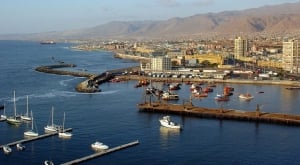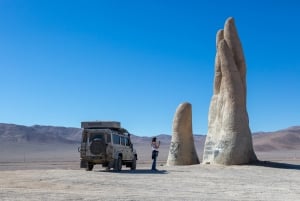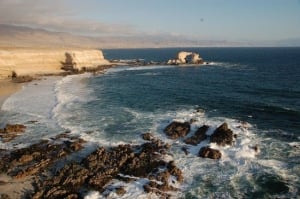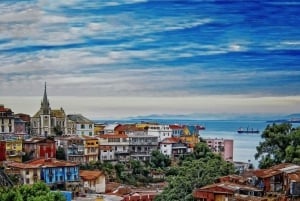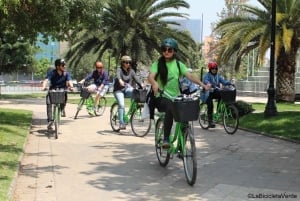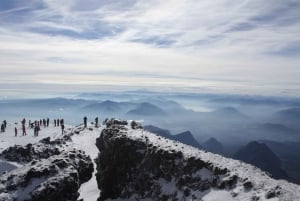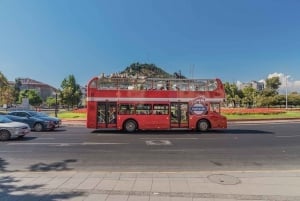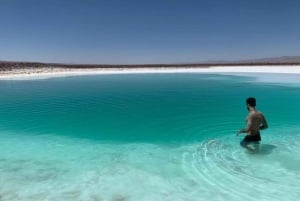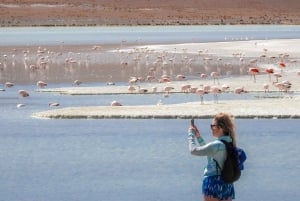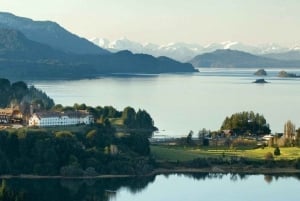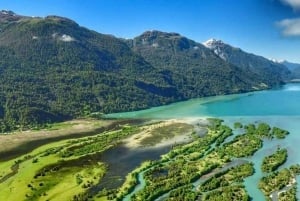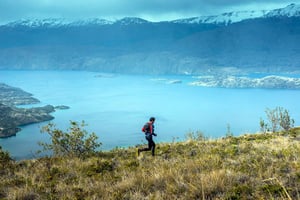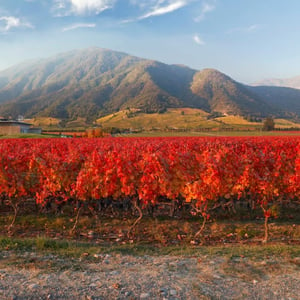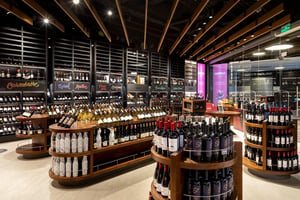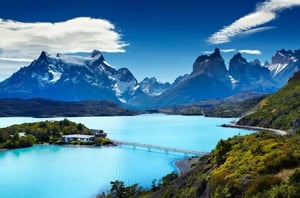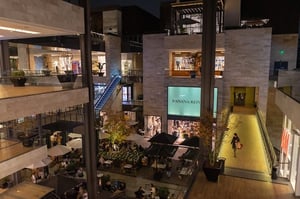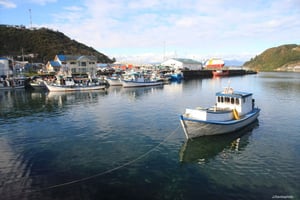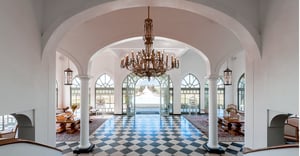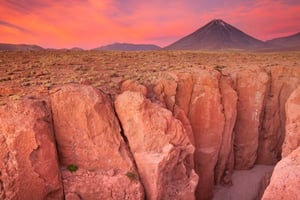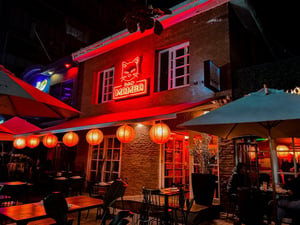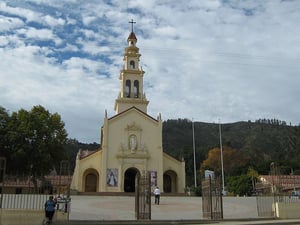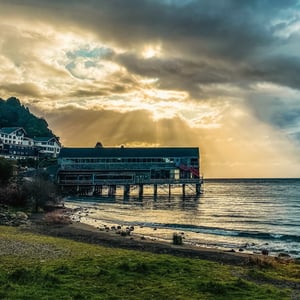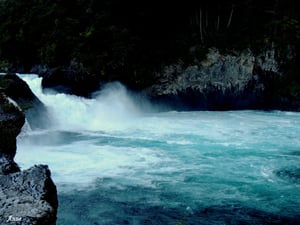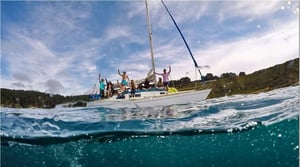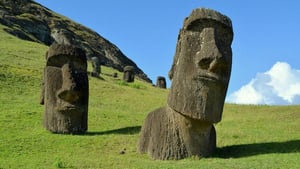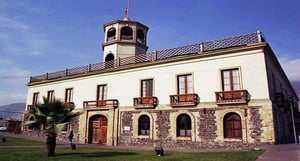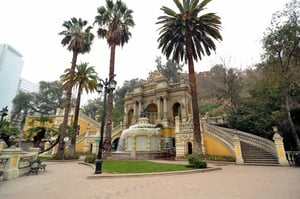Antofagasta
This region borders on the west with the Pacific Ocean: on the east, with the border of Chile with Bolivia to the trifinio milestone of Zapaleri, and with Argentina from this milestone on the south to the Atalaya hill, which marks the limit with the Third Region. To the north, it borders the Tarapaca Region and, to the south, the Atacama Region.
The city and port of Antofagasta is its regional capital and is divided into three provinces: Tocopilla (capital: Tocopilla), El Loa (capital: Calama), and Antofagasta (capital: Antofagasta). It has nine communes
Geography
Like the First Region, in this area, there are five areas that characterize the territory. However, east of the Intermediate Depression, a new geographical feature is born: the Domeyko Mountain Range.
- The coastal plains: it reaches greater dimensions in this region, but to the south of Antofagasta it is interrupted, reappearing in the El Cobre cove sector. From there follows a continuous development to the Third Region
- The Cordillera de la Costa: it is much higher and more massive than in the Tarapaca Region. In fact, in this region, it has the highest altitudes in the country, such as the Vicuna Mackenna and Amazonas hills, which exceed 2,000 masl
- The Intermediate Depression: It is represented for the most part by the Atacama desert and exhibits characteristics similar to those of the First Region
- The Andes Mountain Range and the Altiplano: In this area, the Andes Mountain Range reaches its highest altitudes, with summits that surpass 5,500 meters above sea level. The altiplano continues with the same topographic characteristics as in the Tarapaca Region
In this area there are numerous volcanoes, many of them active. Highlights, from north to south, the Ollagüe volcano (5,865 masl), the Linzor (5,555 masl), and the Licancabur (5,916 masl), among others.
The hydrography
This region is characterized by a complete endorheism (watersheds without arrival to the sea) product, to a great extent, of the desert climate and the relief disposition, being the Loa river the great exception. Rivers of important endorheic basins of this region are the San Salvador, San Pedro, and Salado rivers.
The main salt of the Second Region is the huge Salar de Atacama, almost 100 km long. In the middle of the high plains, some small lagoons develop, but of great importance for the local fauna, highlighting those of Miscanti, Trinchera, Miñique, Lejía, Tuyajto, and La Azufrera.
The weather
The Region of Antofagasta shows the same climatological characteristics as that of Tarapacá, that is, a desert climate. However, the conditions of marked aridity and lack of water are greater.
In the coastal sector, the climate is pleasant, due to the influence of the Humboldt Current and due to the height of the coastal cliff that causes the camanchaca to be more abundant.
Flora and fauna
These present characteristics are similar to those of the First Region. Thus, in the altiplanic plains are the vicuna, guanaco, fox chilla, culpeo fox and the vizcacha, and birds such as the ñandu and the partridge of the puna. Close to the bodies of water are birds such as James flamingo, Chilean flamingo, Andean flamingo or parina, Andean gull, Plover plover, Juarjual duck, and the harrier.
While in San Pedro de Atacama you can see the hawk retriever, chercán, chincol, turtledove, and some mammals such as the gray fox and the long-eared lauchon. There are also numerous species of reptiles, amphibians, and insects. Occasionally, you can observe some plant species such as cachiyuyo, calpiches, cadillo, and grass. But as we move towards the Third Region we begin to see species typical of the flowery desert, such as the sighs, the goat horn, and the ananuca.
Tourist attractions
The largest city and port in the north, Antofagasta, represented by its natural monument of La Portada, has other architectural monuments of great interest such as the nitrate spring, the former customs, the former station, the Ruins of Huanchaca. It also has a beautiful waterfront and good beaches. In the surroundings of San Pedro de Atacama, it is possible to find countless places of historical and folkloric interest, as is the case of the towns of Toconao, Chiu Chiu, Caspana, and Toconce.
However, San Pedro de Atacama is one of the places in Chile that receives the most tourists, both national and international. It is a small town that has Licancabur volcano in the background and where a great tourist infrastructure has been built. From here you can access the beautiful landscape of the Valley of the Moon and the spectacle of the Tatio geysers.
San Pedro is also the archaeological capital of Chile since it has the Padre Le Paige Archaeological Museum, which contains a collection of some 400,000 pieces related to the Atacama culture. In the same area is the Salar de Atacama, the largest in our country, around which are typical Andean villages



